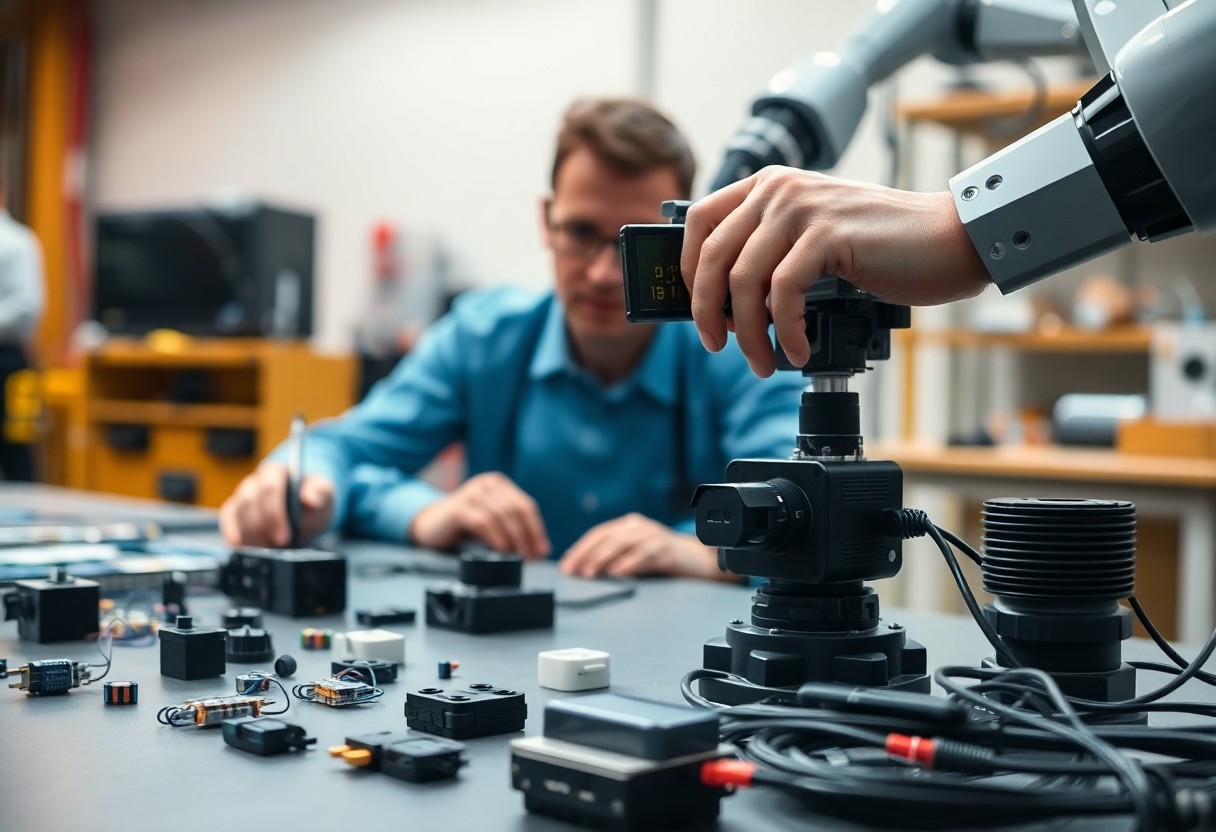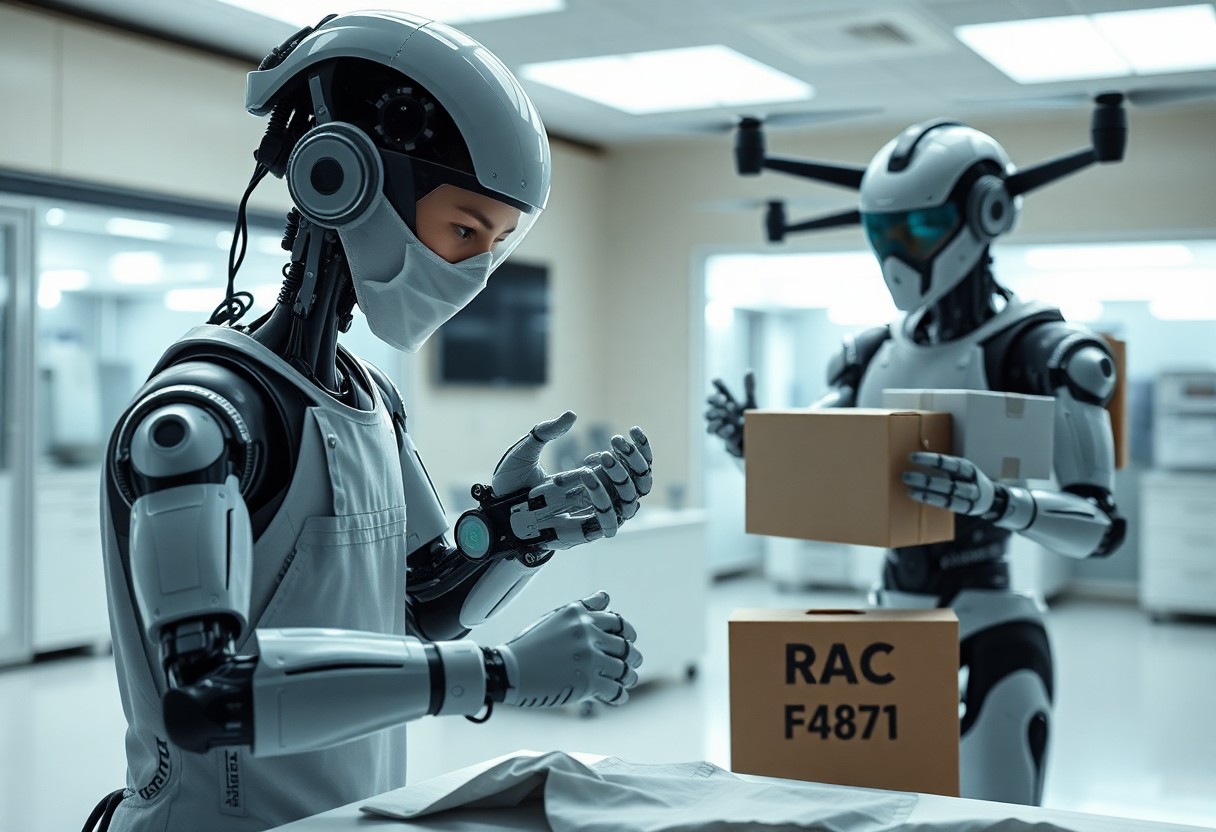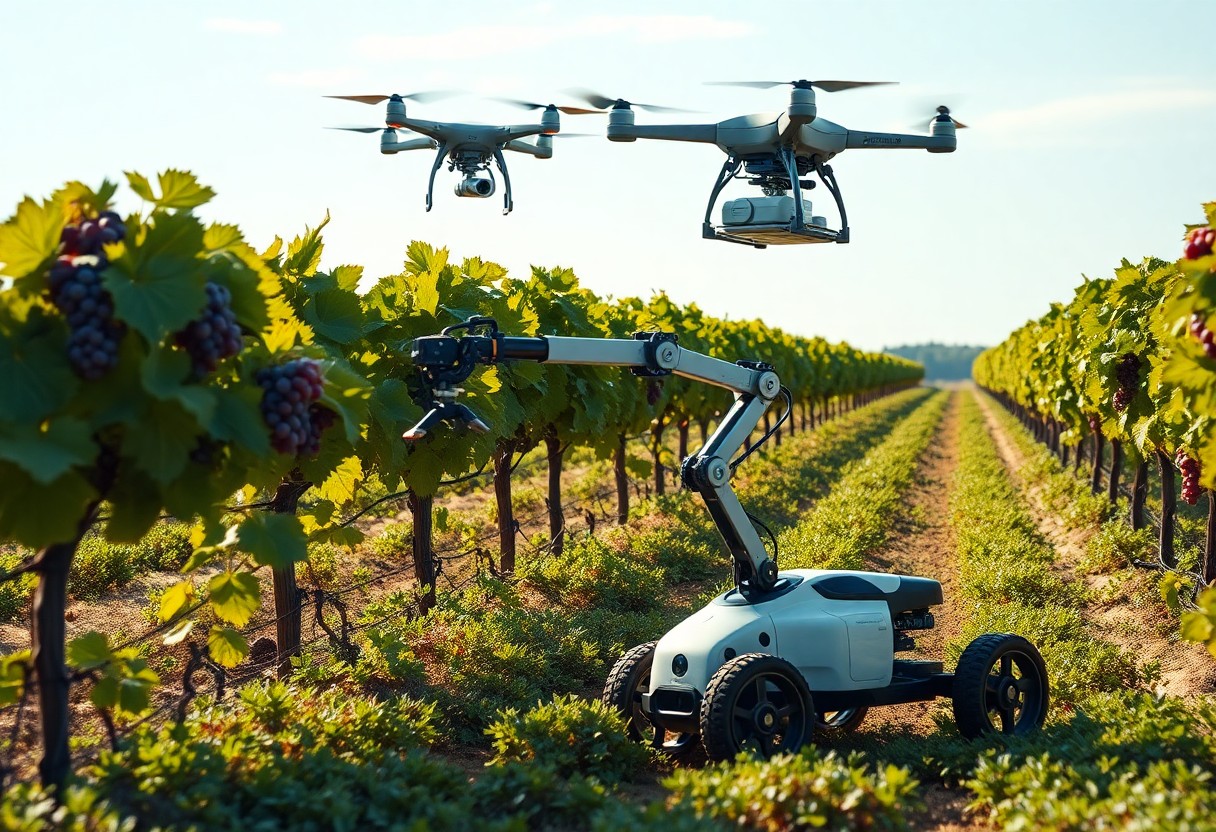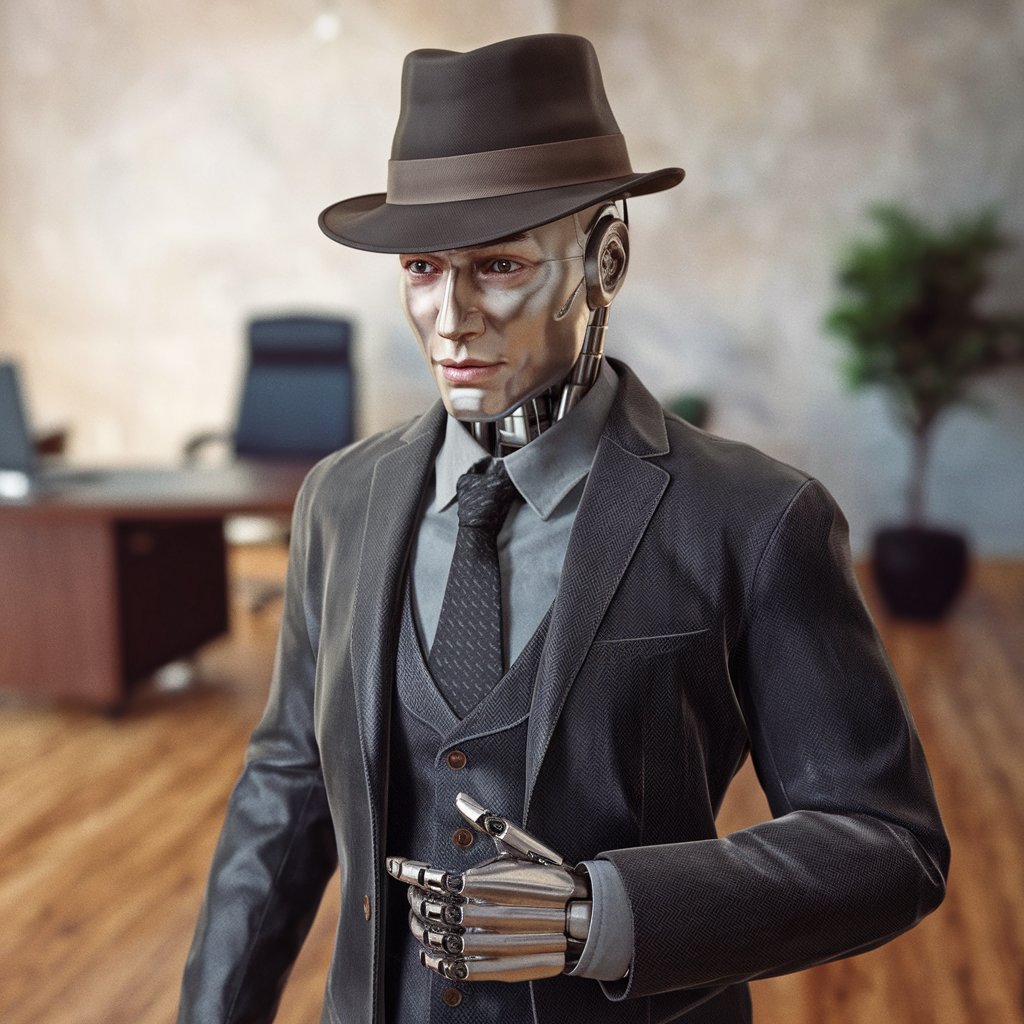Robotics relies heavily on sensors to provide your project with the necessary data for effective decision-making and interaction with the environment. When identifying sensors, you need to consider factors like the type of data required, the operating environment, and the integration with your system. In this guide, you’ll learn how to evaluate different sensor options, from distance measuring to environmental sensing, so you can make informed choices that enhance your robotics project.
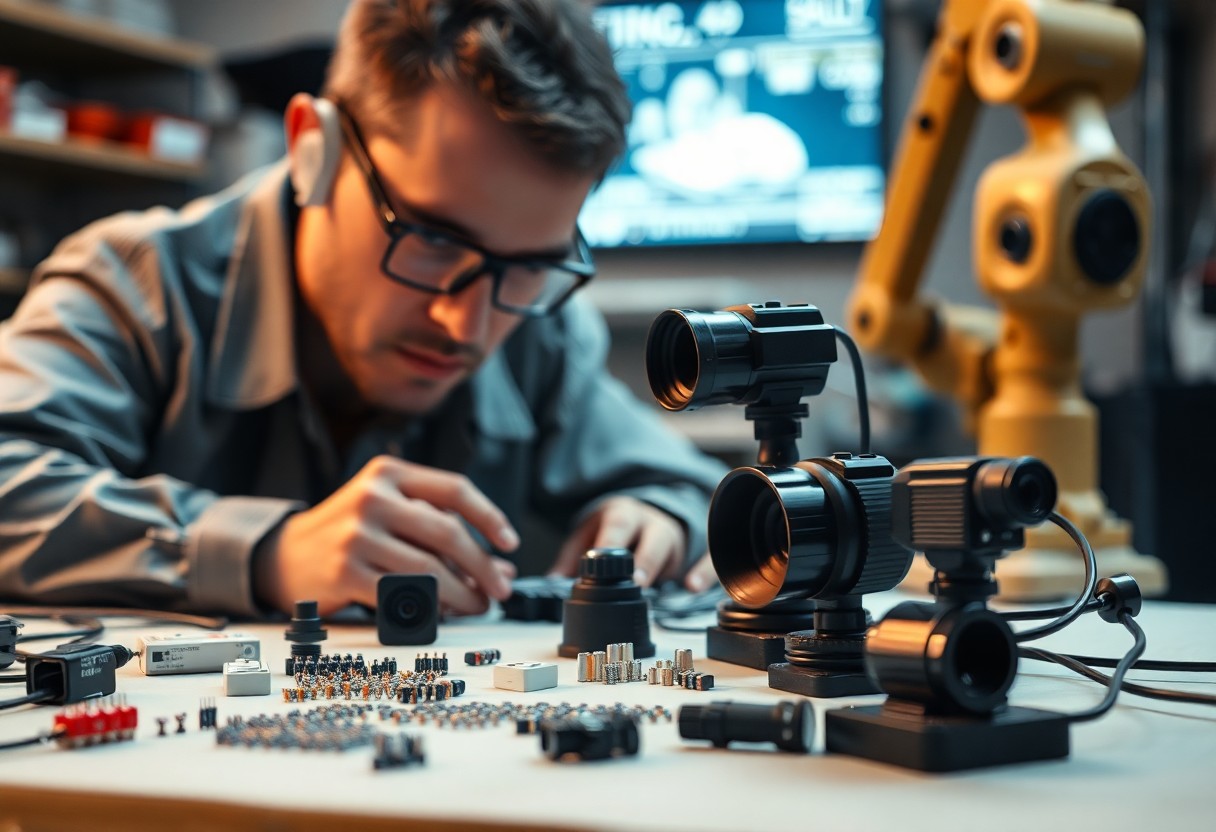
Defining Project Objectives
Establishing clear project objectives lays the groundwork for your robotics endeavor. These objectives guide your sensor selection, ensuring that the technology you choose effectively meets the challenges your robot will encounter. For example, if your project aims to navigate autonomously in a warehouse, your goals will require sensors for obstacle detection, mapping, and possibly environmental feedback, shaping the technology you opt to implement.
Aligning Sensors with Robotics Goals
Your specific robotics goals dictate the types of sensors you need. For an exploration robot, you might prioritize sensors that can provide depth perception or environmental mapping, such as LiDAR or ultrasonic sensors. Meanwhile, a robot designed for precision tasks may demand high-resolution cameras or accelerometers to ensure fine-tuned control.
Identifying Key Performance Indicators
Key performance indicators (KPIs) serve as measurable criteria that determine your project’s success. Defining KPIs involves considering factors such as accuracy, efficiency, response time, and reliability of your sensors, which directly correlate with your project objectives. For instance, if your robot must navigate complex terrains, evaluate how quickly it can detect and respond to obstacles.
Focusing on KPIs during the planning phase helps prioritize features that matter most for your application. For example, if your robot is intended for search and rescue operations, setting a KPI for obstacle detection range (e.g., 2 meters) ensures that your chosen sensors meet operational requirements. Additionally, tracking these indicators throughout development allows you to iterate and refine your designs, enhancing performance and ultimately achieving your project goals effectively.
Sensor Characteristics That Matter
Choosing the right sensors involves understanding various characteristics that impact performance. Factors such as sensitivity, range, accuracy, and environmental compatibility determine how well a sensor can perform in your robotics project. Visit How to choose a sensor for your robot? for insights into selecting suitable sensors tailored to your needs.
Sensitivity, Range, and Accuracy Explained
Sensitivity refers to a sensor’s ability to detect small changes in the parameter it measures, while range defines the minimum and maximum values the sensor can accurately read. Accuracy quantifies how closely a sensor’s measurements reflect the true value. For example, an ultrasonic sensor may detect distances from 2 to 400 cm with a sensitivity capable of discerning even minor obstacles in the path of your robot.
Environmental Considerations and Durability
Understanding the environmental conditions where your robot will operate is vital for selecting sensors that can withstand these challenges. Durable sensors designed for harsh environments, such as temperature extremes, moisture, and dust, will ensure reliable performance throughout your project lifecycle. Opt for sensors with proper ingress protection (IP) ratings to avoid premature failure caused by environmental factors.
Consider the specific environmental challenges your robot will face. For instance, if your project involves outdoor applications, weather-resistant sensors will be necessary to prevent damage from rain, dust, or extreme temperatures. Similarly, if your robot operates in high-vibration environments, look for robust sensors rated to endure shocks or impacts. This attention to durability can significantly extend the lifespan and reliability of your robotic system.
Budgeting Considerations for Sensor Selection
Your budget can significantly dictate the types of sensors available for your robotics project. While it might be tempting to opt for lower-cost options, weighing the initial price against the overall project goals and potential savings is crucial. A well-thought-out budget not only includes purchasing costs but also forecasts future expenses related to reliability and performance. Balancing quality with affordability is key to achieving a successful outcome without breaking the bank.
Cost-Benefit Analysis: Value vs. Price
Long-Term Reliability and Maintenance Expenses
Investing in sensors that are known for their long-term reliability can prevent unforeseen maintenance and replacement costs. Choosing components with a reputation for durability can safeguard your budget, saving you from having to frequently purchase replacements or deal with potential project delays due to sensor failures. Additionally, establish a maintenance budget that accounts for any ongoing calibration or repair needs.
Long-term reliability not only minimizes immediate costs but also contributes to a smoother workflow throughout your project’s lifespan. Selecting sensors backed by warranties or robust customer service reduces the likelihood of unforeseen expenses. Consider engaging with community feedback or industry reviews to endorse your choices. For example, opting for a sensor with a 10-year warranty might have a higher upfront cost, but if it eliminates the need for replacements and troubleshooting over that period, your overall expenses will significantly decrease. Investing in quality sensors thus paves the way for sustained performance, having a lasting positive impact on your project’s success.
The Interplay Between Sensor Types and Robotics Applications
Sensors play a pivotal role in determining how effectively your robot can interact with its environment. Different applications often require specific sensor types to achieve the desired functionality. By matching the sensor capabilities to your application needs, you ensure that your robotics project operates smoothly and efficiently.
- Proximity sensors for obstacle detection
- Temperature sensors for environmental monitoring
- Accelerometers for motion sensing
- GPS sensors for location tracking
- Light sensors for energy management
This alignment increases your project’s chances of success by focusing on specific sensory inputs that maximize functionality.
| Sensor Type | Common Application |
| Ultrasonic | Obstacle detection in autonomous vehicles |
| Infrared | Gesture recognition and line tracking |
| Camera | Visual perception in drones and humanoid robots |
| Gyroscope | Stabilization in aerial vehicles |
| Pressure | Touch-sensitive interactions in robotic arms |
Choosing Sensors Based on Specific Use Cases
Selecting sensors tailored to your project’s specific needs can enhance performance and user experience. For instance, if you’re creating a robot designed for agricultural tasks, soil moisture sensors will be instrumental in monitoring conditions, while drones dedicated to mapping require high-resolution imagery. Each unique use case brings its own sensor requirements, ensuring you achieve optimal functionality.
How Sensor Integration Affects Overall Performance
Sensor integration is vital to the overall efficiency and capability of your robotics project. When sensors work together, they create a comprehensive understanding of the environment, allowing for better decision-making and more precise actions. For example, combining GPS with an IMU (Inertial Measurement Unit) can enhance navigation by leveraging both position and motion data, leading to smoother trajectories in mobile robotics.
By optimizing sensor integration, you create a more cohesive robot that can process data from multiple inputs harmoniously. This not only improves the robot’s responsiveness but also allows it to adapt to real-time changes in the environment effectively. Seamless data fusion enables your robot to perform complex tasks, such as tracking moving objects or navigating unknown terrain with greater accuracy and reliability. Consequently, enhancing communication among sensors results in a more sophisticated and functional robotic system.
Prototyping and Testing: The Path to Selection
Building a prototype allows you to explore the capabilities of various sensors in a controlled environment. As you integrate different sensors, evaluate their performance under real-world conditions and observe how they interact with your robotic design. By iterating through this process, you can narrow down your choices based on functionality, responsiveness, and compatibility with other components. The goal is to create a balanced, efficient system that meets your project’s objectives effectively.
Iterative Testing: Refining Sensor Choices
Iterative testing helps you hone in on the most suitable sensors by assessing their effectiveness in various scenarios. During each testing phase, track metrics like precision, latency, and durability. Adjust your selections based on the collected data, and ensure each iteration brings you closer to a reliable solution. This hands-on approach encourages extensive exploration and adaptation, imperative for arriving at the best fit for your project.
Real-World Feedback Loops for Optimization
Real-world feedback loops are imperative for refining your sensor selection, as they help you gather valuable insights from the environment. Engaging with the actual operating conditions of your robot allows you to identify any discrepancies or issues early on, ensuring that the sensors perform as intended. As you gather and analyze performance data in response to real situations, you can make informed decisions to modify your sensor lineup.
Incorporating real-world feedback loops means that you actively monitor how sensors react to dynamic environments, adjusting their configurations based on performance metrics. For instance, if a proximity sensor exhibits variability due to interference from surrounding obstacles, you might consider repositioning it or selecting a sensor with better adaptability. Continuous data collection allows you to make iterative updates and adjustments, enhancing the system’s reliability and efficiency as the project evolves.
Conclusion
Hence, selecting the right sensors for your robotics project requires careful consideration of your project’s specific needs, including environment, objectives, and budget. Evaluate the various types of sensors available and focus on factors like accuracy, range, and compatibility with your system. Testing different options can also help you determine which sensors perform best in your application. By following these guidelines, you can ensure that your robotics project is equipped with the appropriate sensors to achieve optimal performance and meet your goals.

